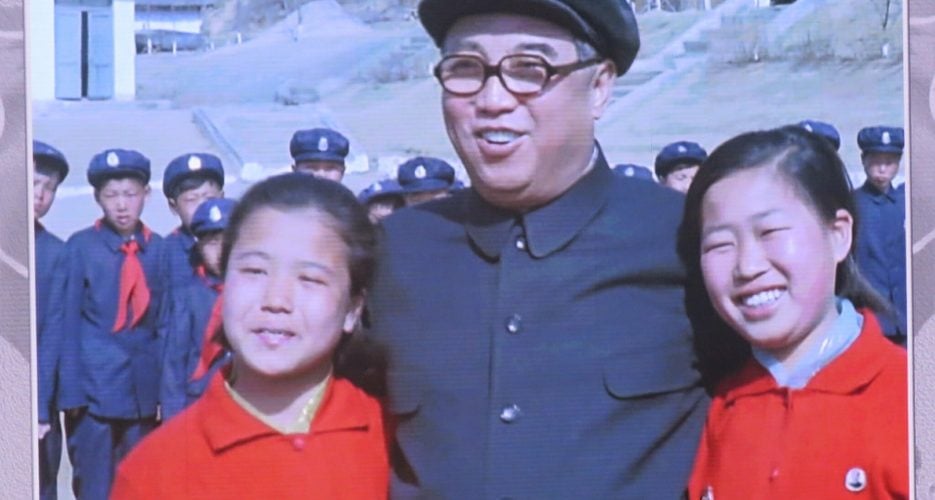North Korea today is in many aspects a very different country than under Kim Il Sung. After his death in 1994, things were bound to change, and most analysts agree that North Korea has undergone a continuous transition ever since. Politically, Kim Il Sung’s monolithic leadership was gradually substituted with a more collective form of power. Socially, with the breakout of the famine, North Koreans were exposed to a larger foreign presence in the country. Finally, in economic terms, what was left of a precarious command economy collapsed, and the depth of the country’s humanitarian crisis was brought to the world’s attention.
The DPRK we are used to seeing make headlines started with Kim Il Sung’s death. North Korea’s history in the 40 years leading up to that, however, had been full of distinct phases. The first went from post-war reconstruction to the small "economic miracle" of the early 1960s through the power struggle among different leadership factions. The second saw North Korea’s attempts at ideological internationalization, and the zenith of the personality cult in the 1970s. The third phase saw a slow but steady decline progressing throughout the 1980s, punctuated by episodes of international terrorism. This phase also marked the succession from Kim Il Sung to Kim Jong Il, and was completed with the former’s death in 1994.
North Korea today is in many aspects a very different country than under Kim Il Sung. After his death in 1994, things were bound to change, and most analysts agree that North Korea has undergone a continuous transition ever since. Politically, Kim Il Sung’s monolithic leadership was gradually substituted with a more collective form of power. Socially, with the breakout of the famine, North Koreans were exposed to a larger foreign presence in the country. Finally, in economic terms, what was left of a precarious command economy collapsed, and the depth of the country’s humanitarian crisis was brought to the world’s attention.
The DPRK we are used to seeing make headlines started with Kim Il Sung’s death. North Korea’s history in the 40 years leading up to that, however, had been full of distinct phases. The first went from post-war reconstruction to the small "economic miracle" of the early 1960s through the power struggle among different leadership factions. The second saw North Korea’s attempts at ideological internationalization, and the zenith of the personality cult in the 1970s. The third phase saw a slow but steady decline progressing throughout the 1980s, punctuated by episodes of international terrorism. This phase also marked the succession from Kim Il Sung to Kim Jong Il, and was completed with the former’s death in 1994.
Become a member for less
than $5.75 per week.
Unlimited access to all of NK News: reporting, investigations, analysis
The NK News Daily Update, an email newsletter to keep you in the loop
Searchable archive of all content, photo galleries, special columns
Contact NK News reporters with tips or requests for reporting
Get unlimited access to all NK News content, including original reporting, investigations, and analyses by our team of DPRK experts.
Subscribe now
All major cards accepted. No commitments – you can cancel any time.












